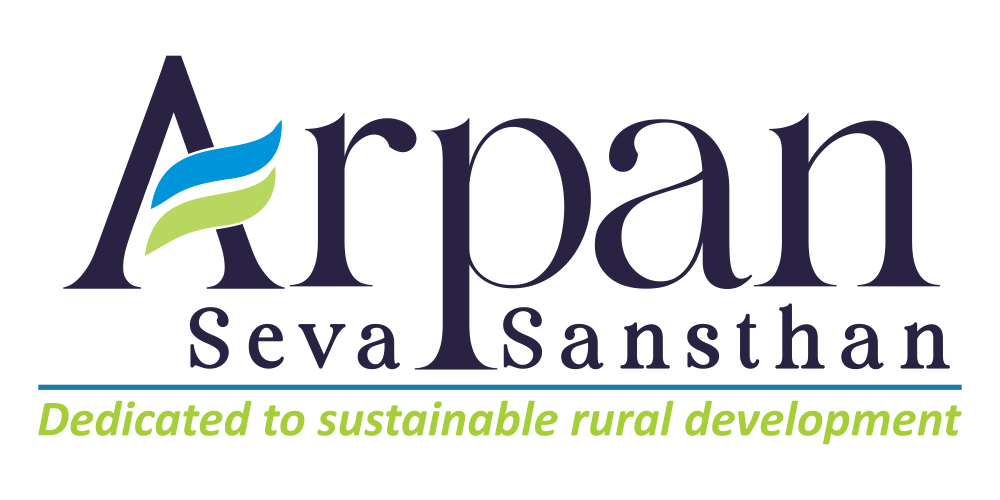
Holistic Rural Development Program (HRDP)
Project Overview:
Arpan, in collaboration with HDFC Bank Parivartan, is implementing the Holistic Rural Development Program (HRDP) in four districts of Madhya Pradesh: Sehore, Shajapur, Rajgarh, and Vidisha. The primary goal of the project is to achieve holistic development in rural communities by focusing on eight key components: Water Resource Development, Integrated Agriculture Development, Integrated Livestock Development, Institution Building, Skill Development and Livelihood Promotion, Health & Sanitation, and Education.
Project Locations and Beneficiaries
Shajapur District:
HRDP aims to benefit approximately 6,087 marginal and underprivileged tribal individuals across 25 villages by generating sustainable livelihood alternatives over 15 months during FY 2021-22 and FY 2022-23.
Vidisha District:
The project targets around 2,196 marginal and underprivileged tribal people in 10 villages, aiming to provide sustainable livelihood alternatives over 12 months during FY 2022-23.
Rajgarh District:
Biaora Block HRDP endeavors to benefit about 4,269 marginal and underprivileged tribal people across 15 villages by creating sustainable livelihood alternatives over 12 months during FY 2021-22.
Sehore District:
The program seeks to benefit approximately 5,414 marginal individuals in 20 villages, providing sustainable livelihood alternatives over 12 months during FY 2021-22 and FY 2022-23.
Key Objectives of the Project
- Reduce water scarcity by implementing various water harvesting measures.
Increase agricultural production and profitability by adopting improved agricultural practices and establishing linkages.
- Raise awareness about Natural Resource Management technologies for proper water conservation (surface and groundwater).
- Encourage farmers to adopt new agricultural technologies through the concept of Farmers’ Field Schools.
- Significantly improve groundwater levels through the adoption of various water conservation techniques.
- Promote vegetable cultivation for higher income and improved nutrition.
- Create awareness about health and sanitation practices.
- Promote income generation activities and self-employment options for women and youth.
Key Outcomes
The HRDP project has achieved several positive outcomes, including:
- Bringing 1,543 acres of non-irrigated land under irrigation with the support of Water Users Associations (WUAs).
- Increasing water storage capacity by 62,200 cubic meters.
- 1,111 farmers adopting improved agricultural practices, including multi-tier vegetable cultivation, leading to additional income of 50,000-75,000/- per annum in 577 acres of land.
Production of 60 tons of vermicompost and 60 tons of organic compost through Nadep Pits.
Supporting 300 families to overcome malnutrition.
- 135 farmers adopting improved animal husbandry practices.
- Conducting continuous animal health check-ups in all project villages in collaboration with the Animal Husbandry Department.
- Providing 15 Self-Help Group (SHG) trainings benefiting 466 women SHG members for livelihood promotion.
- Establishing one masala unit as an enterprise development under the skill development component.
- Undertaking school education programs, including sports facilities, Bala programs, setting up five libraries, and installing five smart classrooms to foster child-friendly learning and improve school infrastructure.
